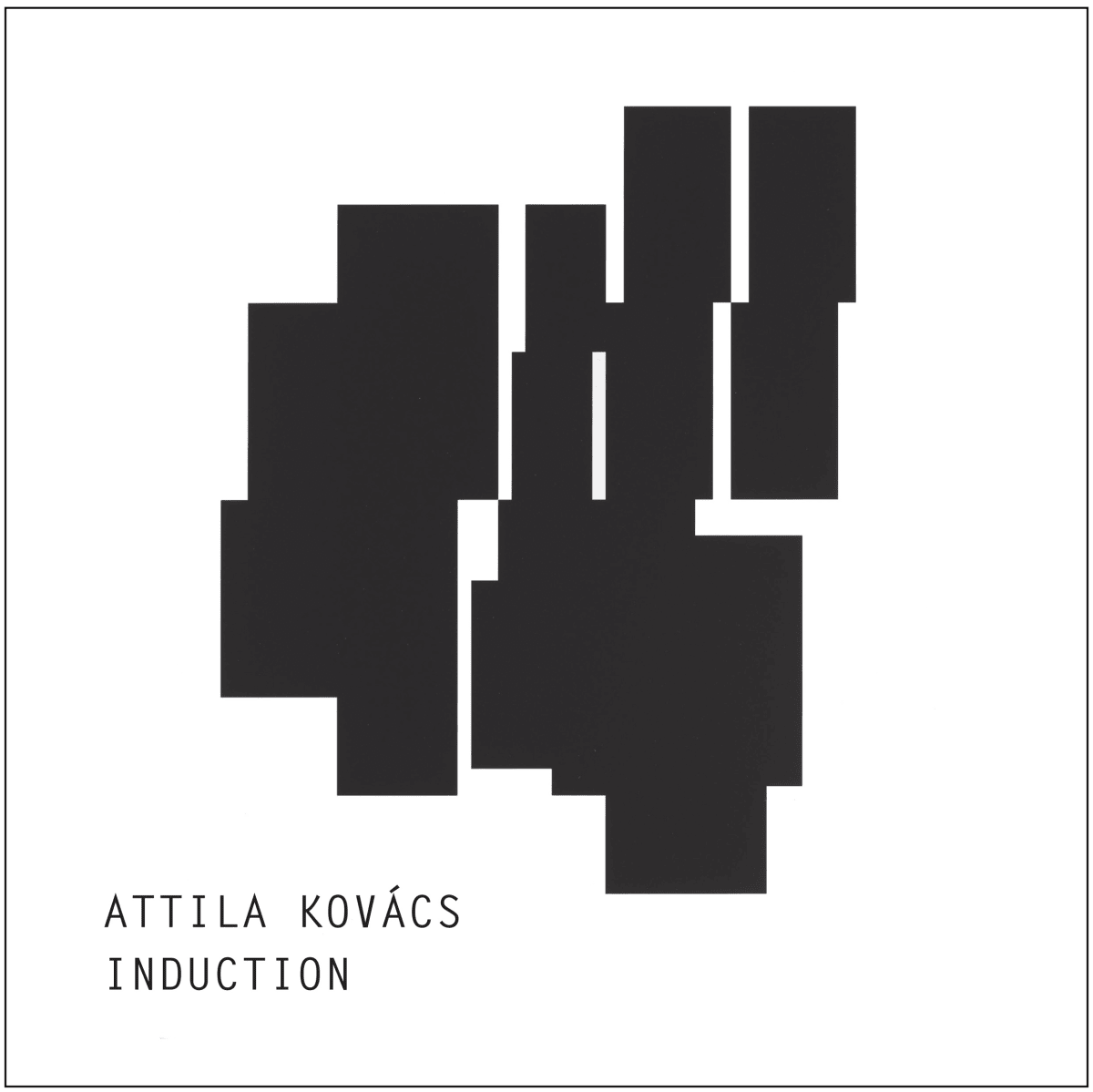ATTILA KOVÁCS: INDUCTION

The oeuvre of Attila Kovács is characterised by accountability, in other words, by inspecting the articles around us in phases, and by building his simultaneously singular and complex world from constituents that can be interpreted both separately and collectively. In the mid 1960s Kovács established a new paradigm in fine arts: namely, the visual definition of qualified countable units. Kovács’ vision is deductive and expansive, using the logic of János Bolyai’s geometry as the great Renaissance masters like Piero della Francesca and Leon Battista Alberti did with the postulates of Euclid. His art was inspired by Bolyai’s thoughts, which emancipated mathematics from the description of nature, saying mathematics and the mathematics of visual space can also be autonomous.
Between 1964 and 1970 Attila Kovács created a unique artistic language he named “Frame of Reference” or “Transmuting Plasticity”, where he built his own system of non-Euclidean sequential geometric abstraction along mathematical coordinates delineated by the three spatial axes x, y and z, and the time axis t (spacetime). His works are usually two-dimensional, other times they start out in one plane then they build up following the mathematically fixed rhythm of sequential movement and spring into 3D, forming a kind of geometric frieze on the wall.
Attila Kovács was born in 1938, in Budapest and emigrated to West Germany in 1964. He graduated from the Department of Art at the Staatliche Akademie der Bildenen Künste in 1970. Kovács had many international solo and group shows including a retrospective exhibition at the Kunsthalle Budapest in 1995. He was a senior lecturer of the Painting Department at the Hungarian University of Fine Arts between 1997 and 2010 and in 2001 he became a Doctor of Liberal Arts. In 2010 he moved back to Budapest where he now lives with his wife and their two children.
Extracts from THE COUNTABLE WORLD – NUMERICAL SEQUENCES in the Art of Attila Kovács by Tibor iski Kocsis
- X
- Tumblr
Related artist
This website uses cookies
This site uses cookies to help make it more useful to you. Please contact us to find out more about our Cookie Policy.



